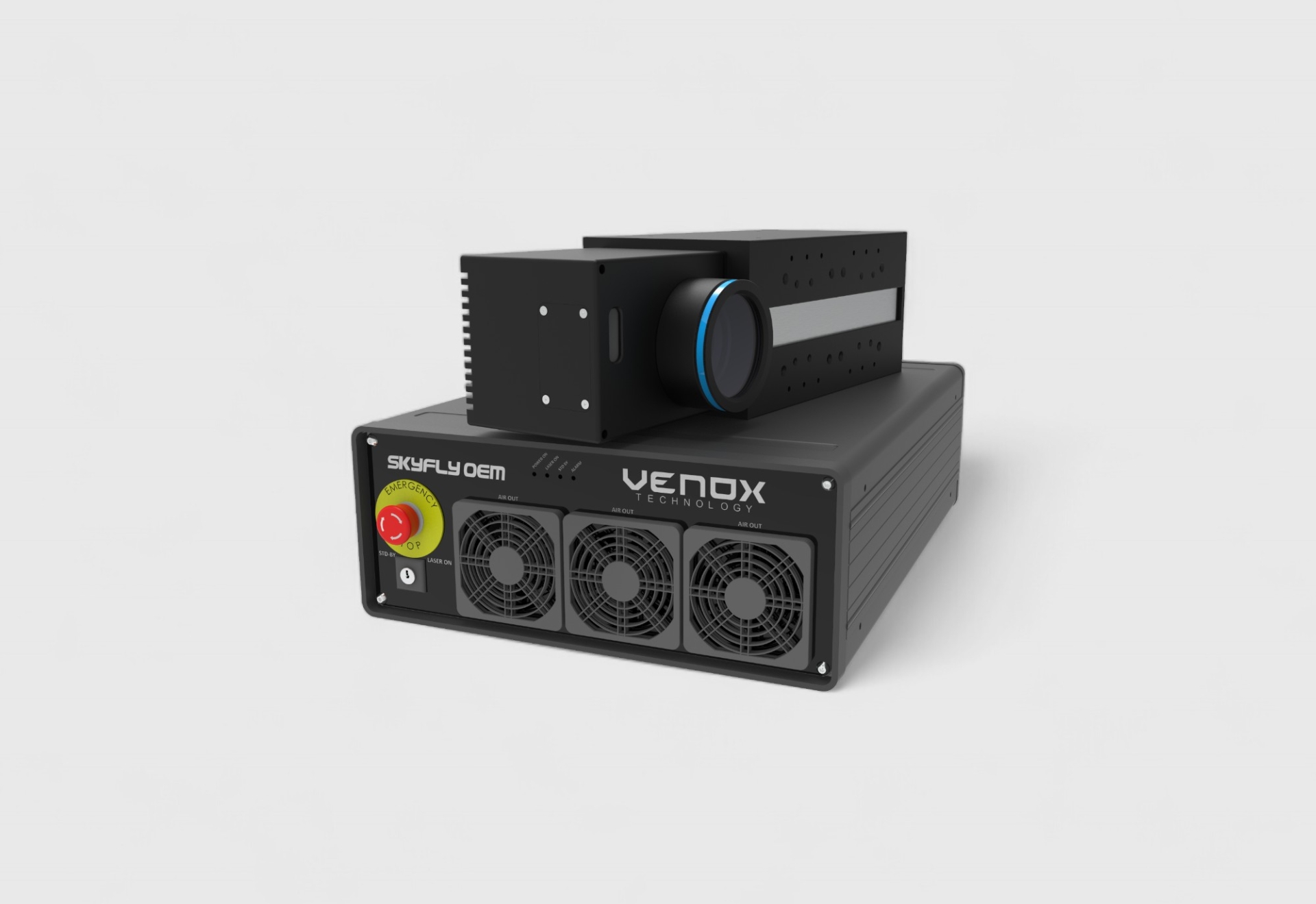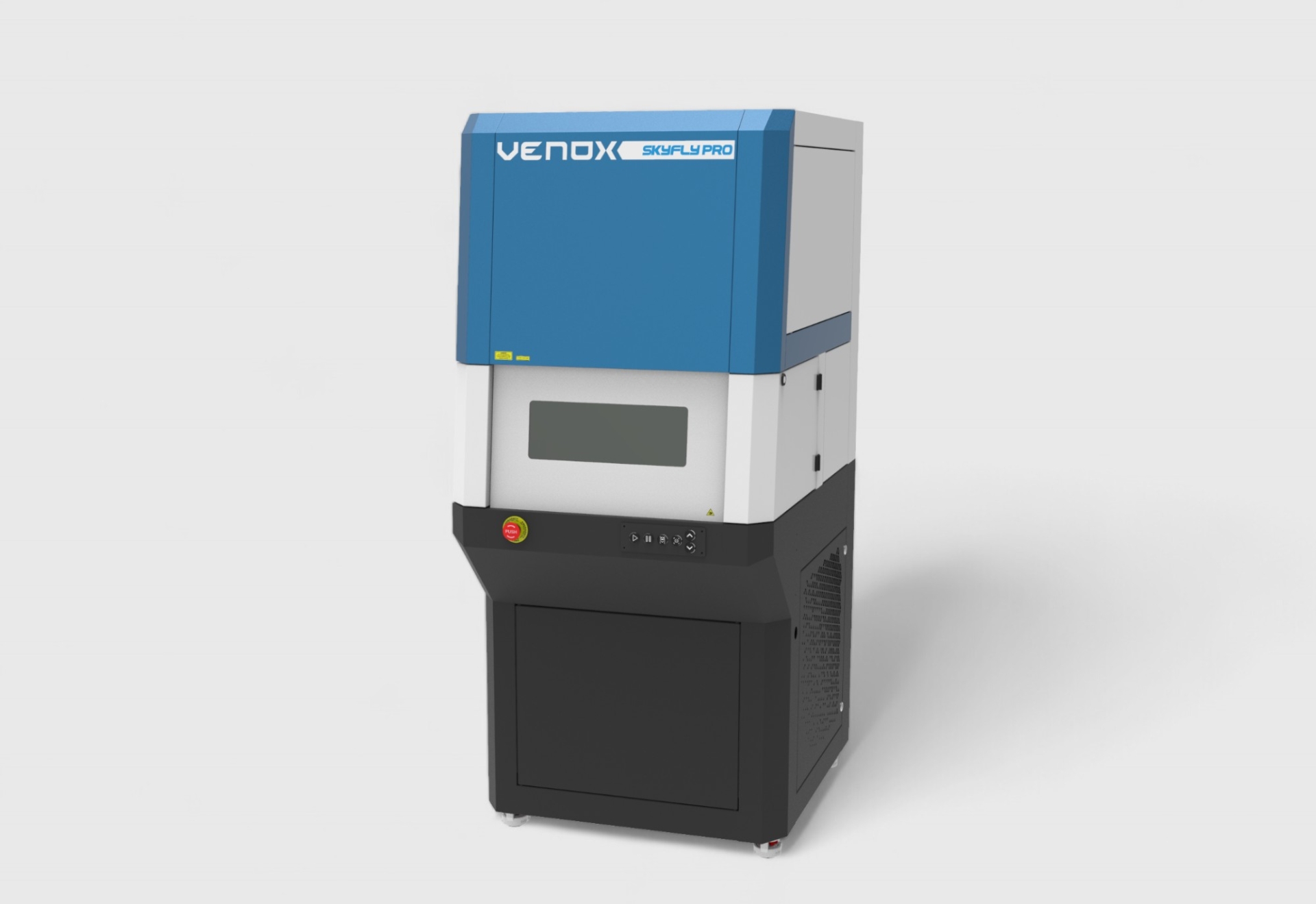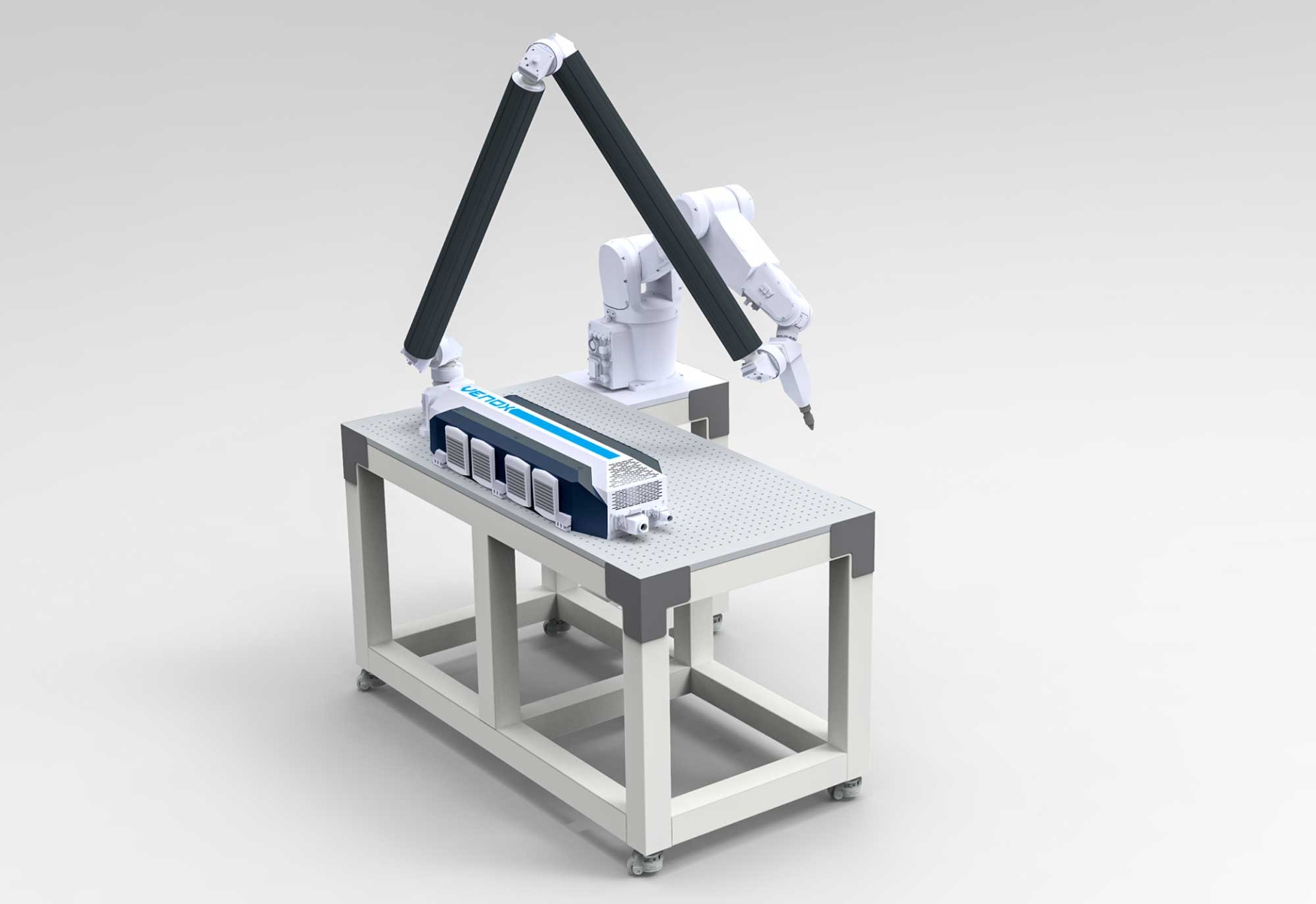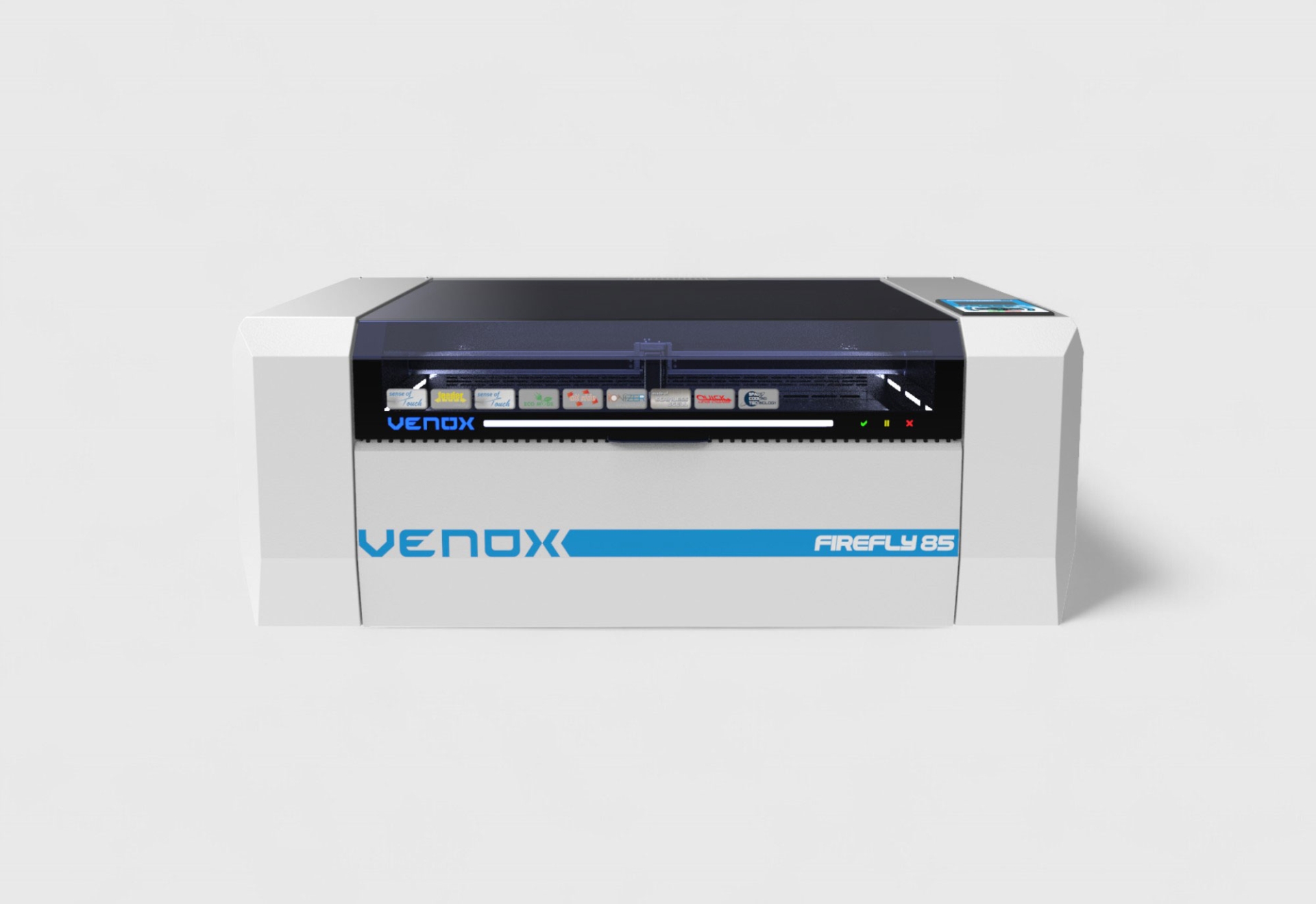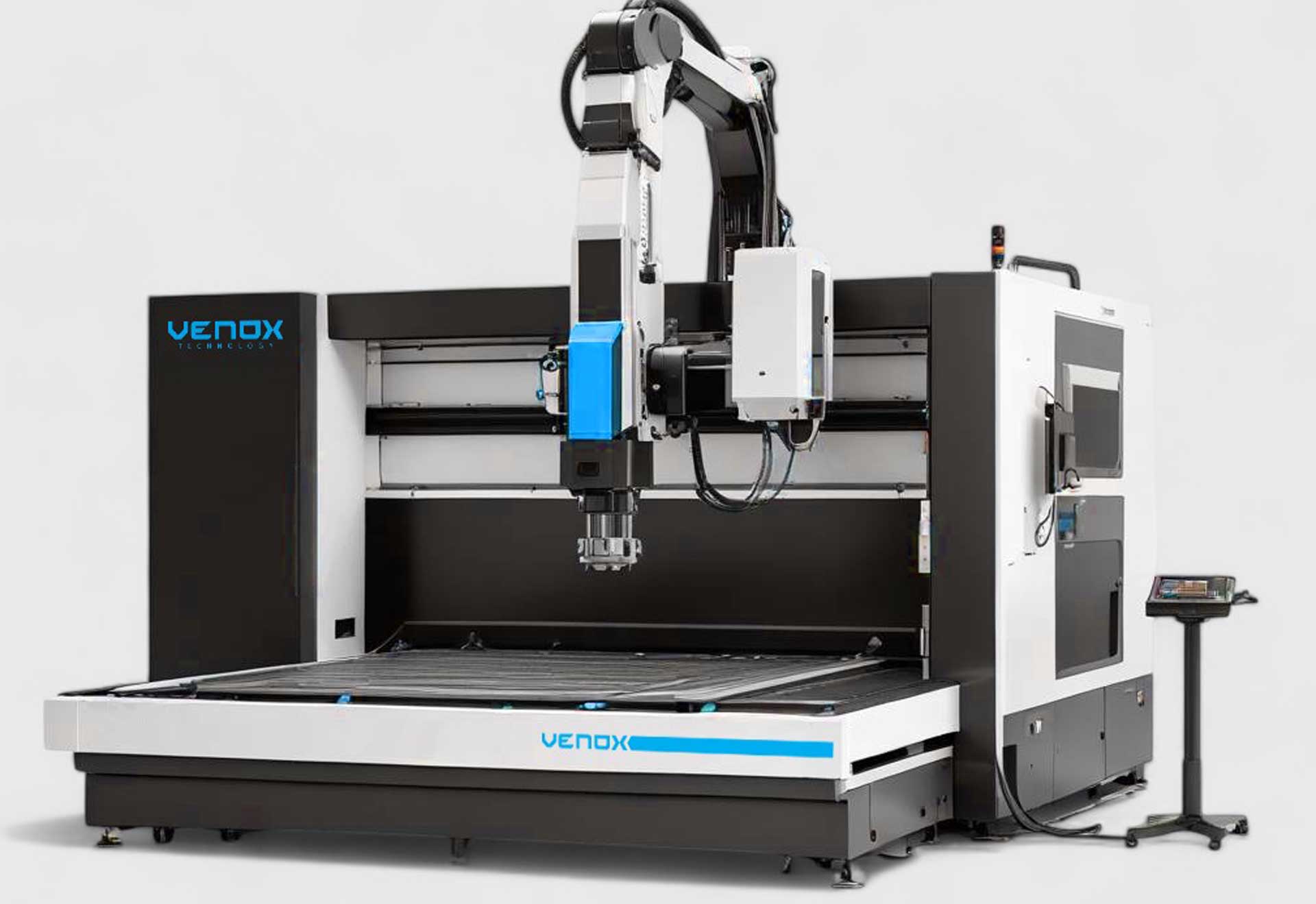Laser Marking Machines 2025 Guide: Types, Applications, and Choosing the Right Model
What Are Laser Marking Machines and Why Are They Preferred?
Laser marking machines (also known as laser engravers) provide permanent, high-contrast, and traceable coding on many surfaces such as metal, plastic, glass, and composites. Thanks to contactless operation, high speed, low consumable costs, and suitability for automation, they help achieve quality, speed, and traceability goals in mass production lines.
Which Technology and When: Fiber, CO₂, UV Comparison (Summary)
The correct laser source is selected based on material type, target contrast, production speed, and budget. Fiber lasers are suitable for metals, CO₂ lasers for organic/coated surfaces, and UV lasers for heat-sensitive materials and micro-marking.
Fiber Laser (MOPA, etc.) – High Contrast on Metals
- Ideal materials: Stainless steel, aluminum, brass, titanium
- Advantages: Fast, low maintenance; deep marking and black/color marking options (MOPA)
- Applications: Serial numbers, QR/Datamatrix, UDI, part identification
CO₂ Laser – Clean Results on Organic and Coated Surfaces
- Ideal materials: Wood, leather, glass, cardboard, painted/coated surfaces
- Advantages: High-contrast surface engraving, large working areas
- Applications: Packaging coding, labeling, glass and plastic marking
UV Laser – Micro-Marking on Heat-Sensitive Materials
- Ideal materials: Thin plastics, medical disposables, PCBs, glass
- Advantages: Low thermal impact (cold marking), micro text, and high precision
- Applications: Medical UDI, electronic component marking
Application Areas: From Automotive to White Goods
In automotive, white goods, defense, electronics, medical, and energy sectors, laser marking machines are key solutions for part traceability, process quality control, and anti-counterfeiting. Common setups include inline stations integrated into the production line, manually operated cells, and robot-fed systems.
Optics and Lens Selection: Area, Resolution, Focus
- F-Theta lens: Defines the marking area (e.g., 100×100, 200×200 mm)
- Spot size: Smaller spot = finer lines and higher resolution
- Working distance: Affects integration and safety enclosure design
Power and Speed: Sizing According to Cycle Time Target
Typical power range is 3–100 W. While low power is sufficient for surface markings, deep engraving, fast lines, and large areas require higher power and optimized galvo parameters.
Software and Coding: GS1, UDI, Datamatrix, QR
Industrial software supports variable data, multiple formats, logo/vector input, external databases, and camera validation (OCR/OCV). Compatible data structures and automatic lot/serial updates reduce errors.
Integration: MES/ERP, PLC, Conveyor, Vision
- Communication: OPC UA, Profinet/EtherNet/IP, Modbus, REST API
- Synchronization: Conveyor encoder, sensor trigger, robot I/Os
- Validation: Code quality measurement via camera (ISO/IEC 15415/15416)
Maintenance & Calibration: Zero Downtime Goal
Dust management, lens cleaning, galvo calibration, and periodic power checks preserve marking quality and consistency. Stock planning for spare parts (lens, scanner, filter) is critical.
Purchasing Checklist
- Material set (metal/plastic, etc.) and required contrast/depth targets
- Cycle time, marking area, and line speed requirements
- Lens and power configuration, cooling type (air/water)
- Software, data integration, and camera validation needs
- Safety enclosure (Class 1) and CE/UL requirements
- Service SLA, spare part access, and total cost of ownership
FAQ: “Makinaları” or “Makineleri”?
Both versions are commonly used in Turkey. While “makineleri” is more standard in technical texts, “makinaları” also has high search volume. Including both in content increases visibility.
Advanced Solutions with Venox
Contact Venox Teknoloji for tailored fiber, CO₂, and UV laser marking solutions, inline integration, and camera-verified systems. Explore our products: Laser Marking Machines.
